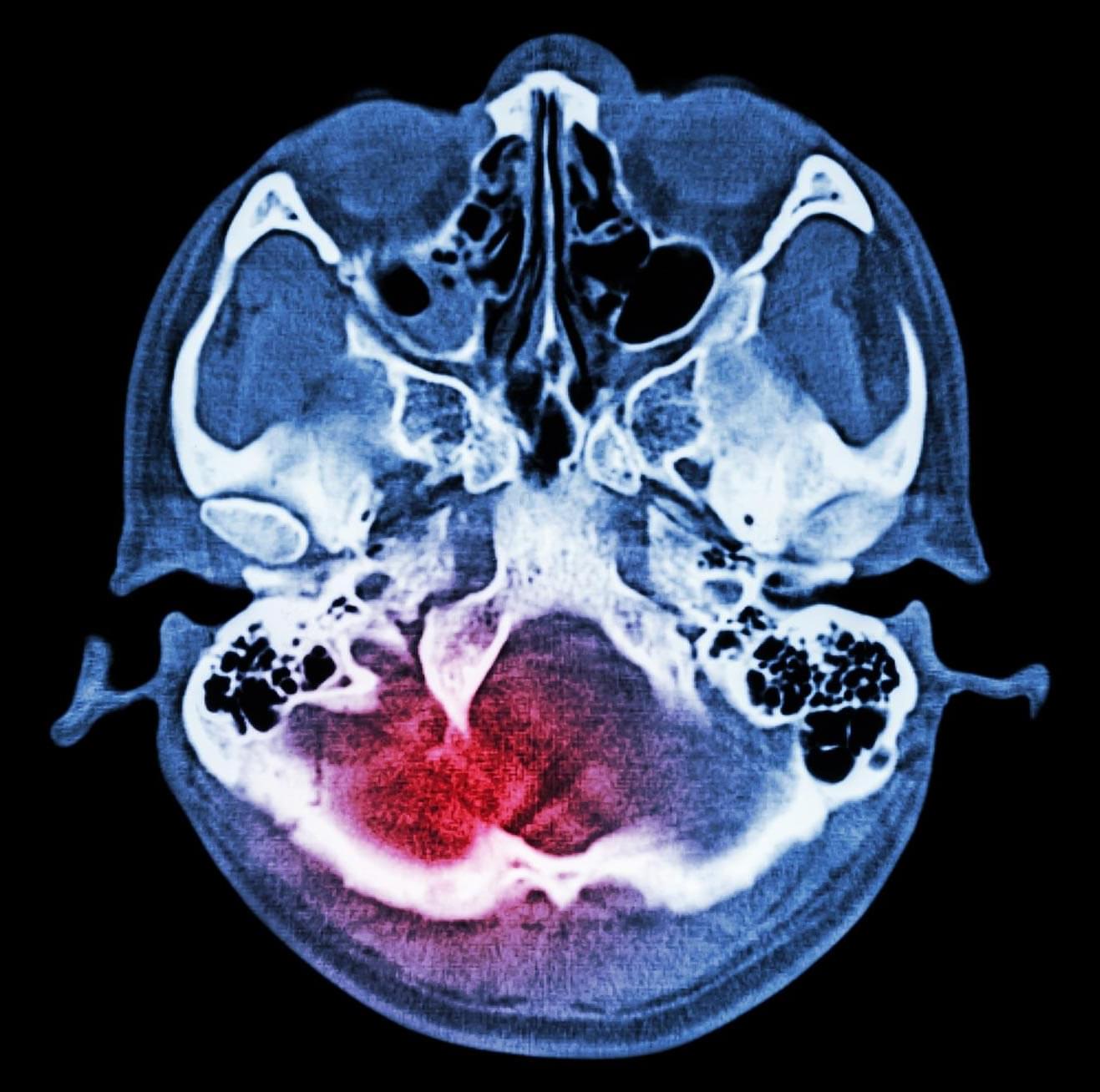A search for particles’ most paradoxical quantum states led researchers to construct a 37-dimensional experiment.


A search for particles’ most paradoxical quantum states led researchers to construct a 37-dimensional experiment.
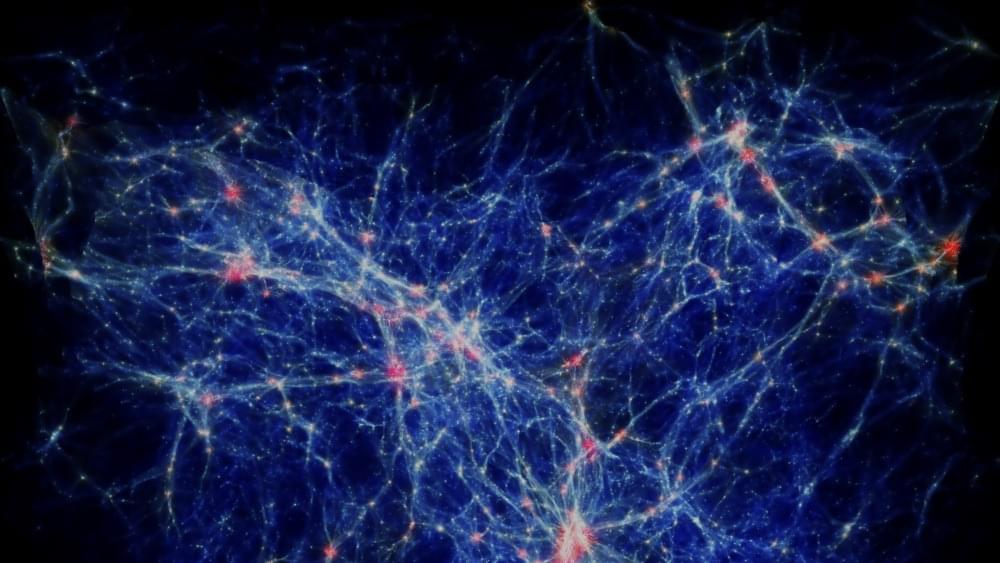

Quantum networks require quantum nodes that are built using quantum dots.
However, a new study impressively solves these challenges. The study authors successfully used 13,000 nuclear spins in a gallium arsenide (GaAs) quantum dot system to create a scalable quantum register.
Quantum networks require quantum nodes that are built using quantum dots — tiny particles, much smaller than a human hair, which can trap and control electrons, and store quantum information.
Quantum dots are valued for their ability to emit single photons because single-photon sources are key requirements for secure quantum communication and quantum computing applications.
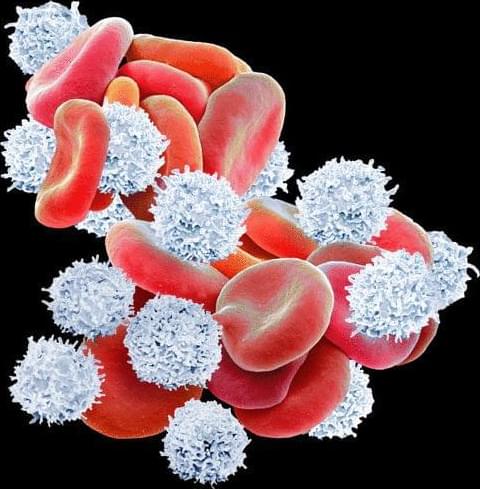
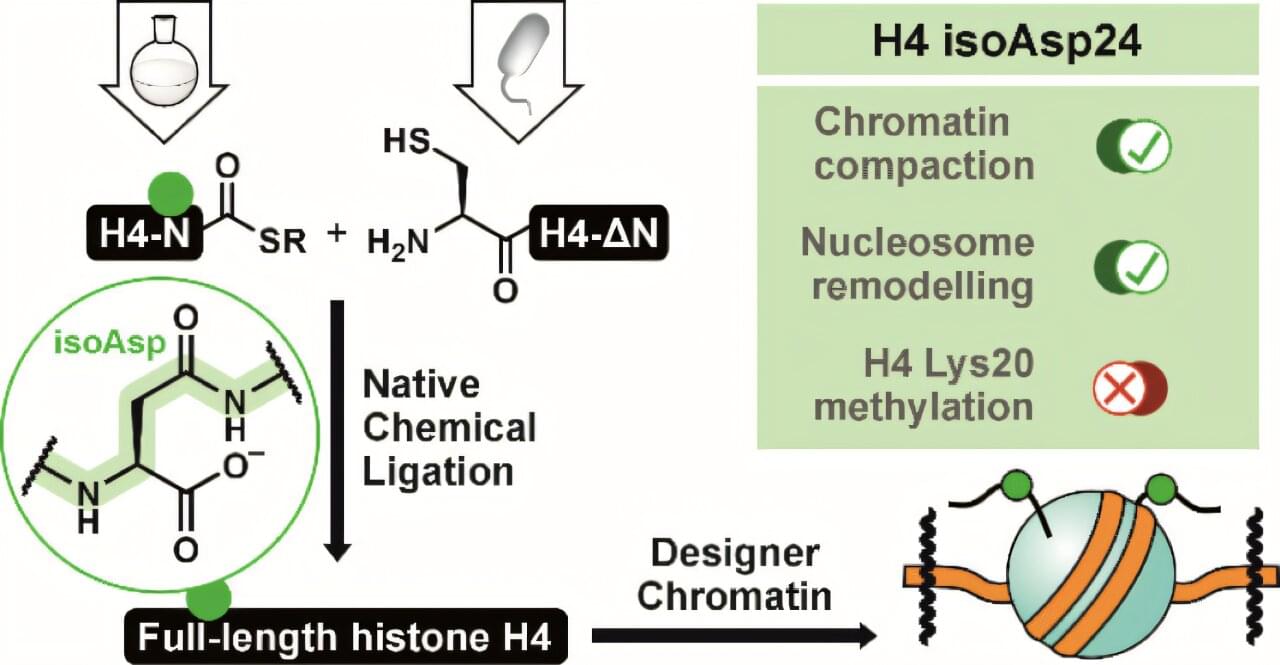
Chromatin, the mix of DNA and protein that houses each cell’s genome, is more resilient to aging than previously thought, suggests a study published in the Journal of the American Chemical Society by researchers at King’s College London.
Scientists believe this may reveal how the body can cope with the inevitable “wear-and-tear” of aging and where it may be more vulnerable to its effects, laying the groundwork for future anti-aging treatments throughout the body.
Proteins, much like the rest of the body, change when aging. This is especially the case for the histone proteins that make up chromatin, which may “live” for ~100 days before being replenished and replaced. During their lifetime, proteins are stretched and distorted, or experience processes that are similar to rusting. This damage results in naturally occurring chemical changes to the protein called post-translational modifications, or PTMs.
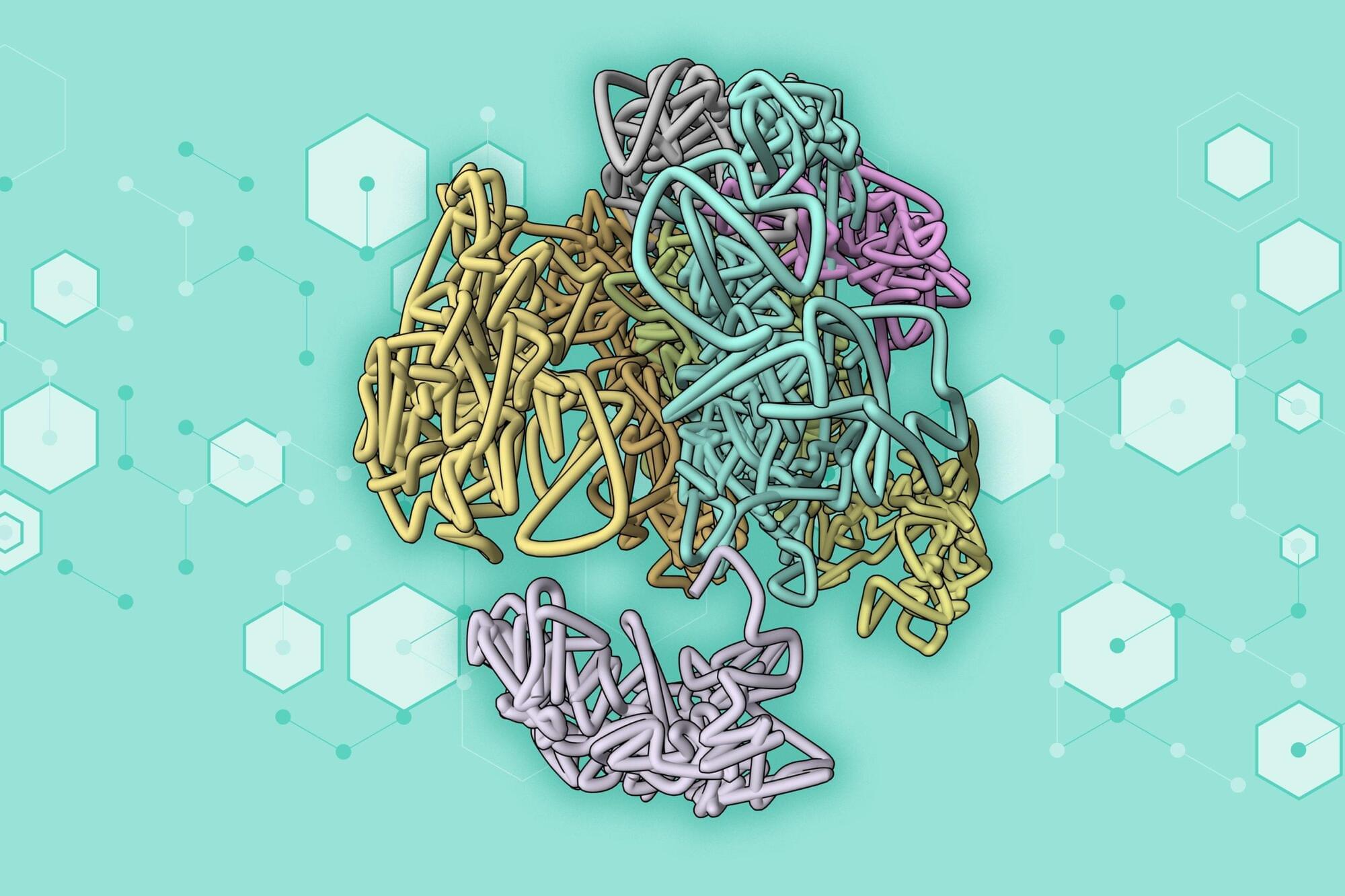

The research team, led by Professor Tobin Filleter, has engineered nanomaterials that offer unprecedented strength, weight, and customizability. These materials are composed of tiny building blocks, or repeating units, measuring just a few hundred nanometers – so small that over 100 lined up would barely match the thickness of a human hair.
The researchers used a multi-objective Bayesian optimization machine learning algorithm to predict optimal geometries for enhancing stress distribution and improving the strength-to-weight ratio of nano-architected designs. The algorithm only needed 400 data points, whereas others might need 20,000 or more, allowing the researchers to work with a smaller, high-quality data set. The Canadian team collaborated with Professor Seunghwa Ryu and PhD student Jinwook Yeo at the Korean Advanced Institute of Science & Technology for this step of the process.
This experiment was the first time scientists have applied machine learning to optimize nano-architected materials. According to Peter Serles, the lead author of the project’s paper published in Advanced Materials, the team was shocked by the improvements. It didn’t just replicate successful geometries from the training data; it learned from what changes to the shapes worked and what didn’t, enabling it to predict entirely new lattice geometries.


SoftBank is negotiating a $500 million investment in Skild AI, a software company building a foundational model for robotics at a $4 billion valuation, Bloomberg and Financial Times reported.
The 2-year-old company raised its previous funding round of $300 million at a $1.5 billion valuation last July from investors, including Jeff Bezos, Lightspeed Venture Partners, and Coatue Management.
The company’s AI model can be applied to various types of robots, Skild founders Deepak Pathak and Abhinav Gupta told TechCrunch last July. They said the generalized model can be modified for a specific domain and use case.
